We all know how Bill Shankly revolutionised Liverpool FC and his legacy lives on to this day, but his first season in charge at Anfield – taking over the Reds in the second division – was a slow burner.
Jeff Goulding tells the full story of Shankly’s first season in charge of Liverpool FC.
In 1959, UK Prime Minister Harold MacMillan claimed that Britons had “never had it so good.” However, for Liverpudlians who were about to enter their sixth season following their team in the second tier of English football, memories of a more glorious past were fading from view.
However, despite a mediocre beginning, the 1959/60 season would to unleash a slow-burning revolution that would eventually launch Anfield onto the world stage. This is how it happened.
Liverpool and Anfield in 1959
Liverpool warmed up for the new season with a couple of games against their neighbours Everton – in the Floodlit Challenge Cup. Led by manager Phil Taylor, the Reds would ultimatly triumph 3-2 on aggregate. However, bragging rights were a rare treat for Kopites. Their nearerst and fiercest rivals were competing in the First Division, while Taylor’s men had been serial underachivers in Division 2.
Taylor was a popular figure at Anfield. A former player, he had been appointed in 1956 after Don Welsh’s unsuccesful attempts to gain promotion fell short. Getting out of the division had become something of an all-consuming obsession for the board, who had previously been accused of lacking ambition.
Taylor (pictured below) would toil night and day to achieve their goal, but only managed third, fourth and third placed finishes in successive seasons. He was running out of time, and the patience of the men in charge was wearing thin.
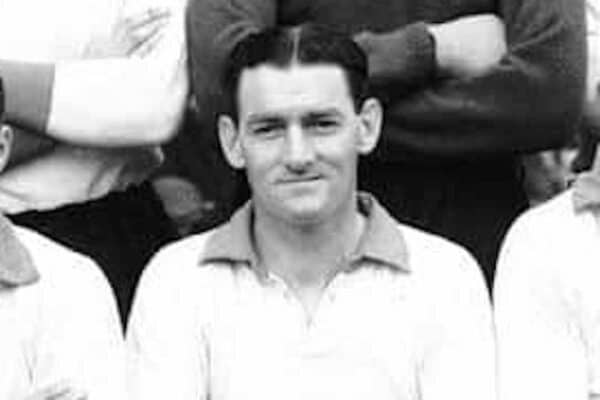
After a 4-2 reverse to Lincoln City in November, Taylor was sacked. Liverpool were in 11th place. The strain of the job was clearly evident in an interview he gave to the Liverpool Echo:
“The strain of trying to win promotion has proved too much. No matter how great has been the disappointment of the Directors at our failure to win our way back to the First Division, it has not been greater than mine. I made it my goal. I set my heart on it and strove for it with all the energy I could muster. Such striving has not been enough and now the time has come to hand over to someone else to see if they can do better.”
The club had backed the manager. Prior to his removal they had sancioned the signing of Tommy Leishman from St Mirren and Dave Hickson from Everton for a combined fee of £22,000. Hickson made an immediate impact, scoring twice on his debut. Sadly for Taylor, though, someone else would benefit from Hickson’s exploits.
The arrival of Shankly and a bumpy start
Liverpool struggled on with a caretaker manager until December 14, 1959, when they finally secured the signature of Bill Shankly, who arrived from Huddersfield Town.
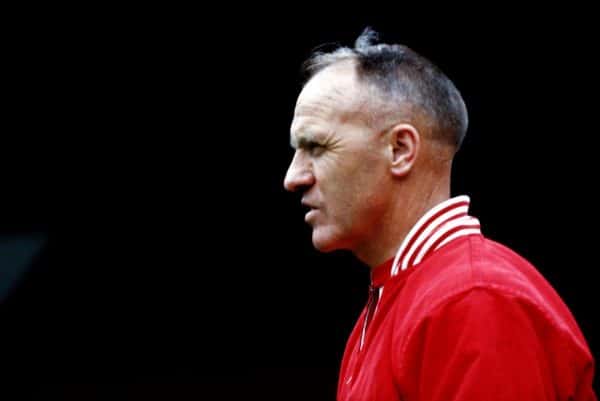
They had tried to bring him in earlier, but their initial reluctance to cede sole control over the team to him meant the Scot would turn down their overtures.
His fist game in charge saw the Reds crushed 4-0 by Cardiff City at Anfield, in what was a terrible performance. Ronnie Moran later said the players had left the field expecting fire and brimstone. Instead, the Shankly they encountered was remarkably calm. The boss had learned a great deal, as he told the press:
“Naturally I’m disappointed but it’s just as well that I’ve seen the team give an off-form display in my first match. I’ve learned quite a few things this way.”
Next came a 3-0 defeat on the road to Charlton Athletic, and even a 2-0 victory in the corresponding fixture at Anfield failed to rouse the crowd, and drew criticism from the press.The News Chronicle and Daily Dispatch saw nothing to cheer in the Reds’ perfomances under the new manager:
“The majority of the 25,658 spectators must have wished they had stayed at home to watch “Wagon Train”. Certainly they could not have got worse entertainment than was served up in this aimless exhibition by teams which, on this showing, have no chance of promotion. It was as aimless as it was colourless, and even the Kopites were silent for long spells.
“Liverpool were the better team, although they didn’t shape like it in the first half. Liverpool’s forwards ran around like scalded cats, without understanding or method, but in 58 minutes, when the crowd for once began to participate, they went ahead rather luckily.”
Liverpool were now 12th, and despite the win over Charlton there was no clear sign of Shankly’s vision yet. Their form remained patchy until the final weeks of the season. Even when they beat Stoke City 5-1 at Anfield, the press felt the victory owed more to Stoke’s “wretched” display than Liverpool’s prowess. In another encounter with table-topping Aston Villa, the Reds threw away a four-goal lead, shipping three goals in nine minutes and almost lost the game.
By early April, Liverpool were seemingly going nowhere. A 2-0 reverse at the hands of Leyton Orient even led to suggestions that Roger Hunt had lost his touch. The Reds were ninth in the table with five games to go. However, the introduction of a couple of local lads, and tentative signs that Shankly’s methods were bearing fruit, sparked a late charge.
Run-in recovery and glimpses of the future
Liverpool won four of their remaining five games, drawing the other. The run began with a 4-0 win over Bristol Rovers and a memorable dream debut for 17-year-old Scouser, Ian Callaghan (below). Also featuring in that game was Liverpool-born Gerry Byrne, playing at right back.
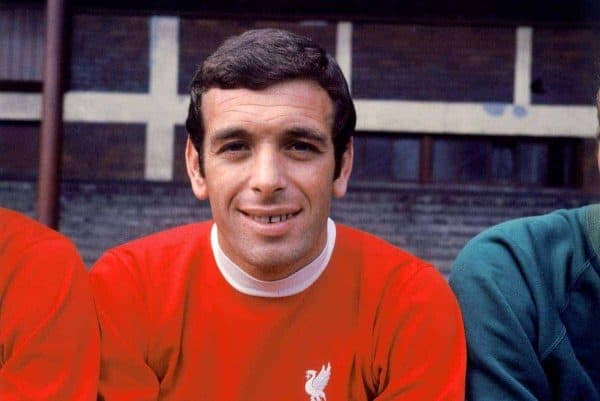
Byrne had made his debut in 1957, but this was only his third appearance for the club. He would make a further two before the campaign ended, and he and Callaghan would play prominent roles in the Shankly era.
When Liverpool followed up the rout of Bristol with a 3-0 win over Rotherham, the mood was transformed. The team were now showing character. When they faced Rotherham away the following week, they fought back from 2-0 down to earn a draw, climbing to fourth in the process.
Victories over Ipswich and Sunderland in the final two games saw Liverpool finish in third place. Shankly had navigated a turbulent start to his reign, equalling Taylor’s best finish.
He had also forged his staff into a tightly knit cabal and established discipline, while transforming Melwood into a centre of footballing excellence. However, his playing staff still needed much work.
Some, like goalkeeper Bert Slater, Roger Hunt and captain Ronnie Moran would continue to play key roles in the promotion push that was to follow, but new talent like Gerry Byrne and Ian Callaghan was emerging.
Shanks had already earmarked youth as a central pillar to his plan, with Chris Lawler and Tommy Smith making their way as apprentices. To those he would add a sprinking of future club legends who would write their names into Anfield folklore, but that’s another story.
Liverpool FC 1959/60 Key Facts
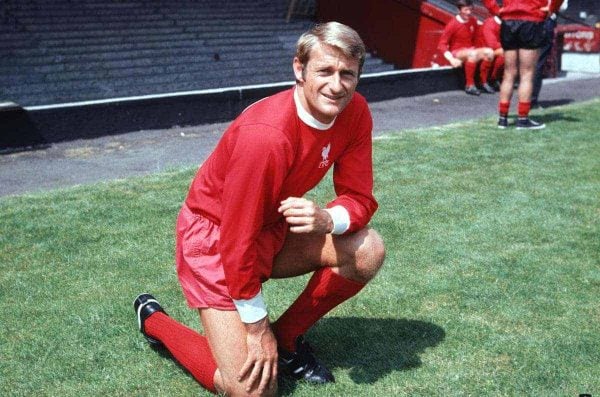
League Position: 3rd
Top Scorers: Roger Hunt (23) Dave Hickson (21)
Most Appearances: Ronnie Moran (c) Alan A’Court (44)
Average Home League Attendance: 30,270
Key Moment: Bill Shankly‘s appointment
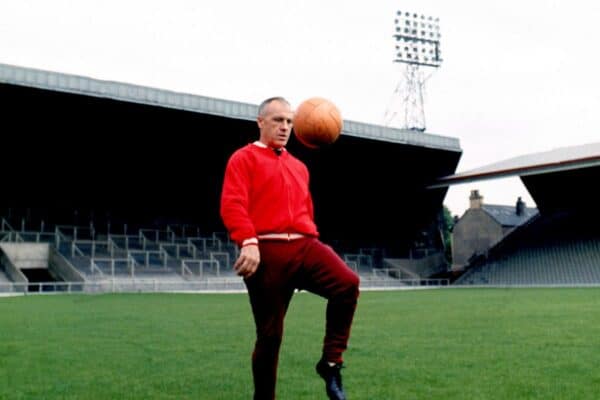

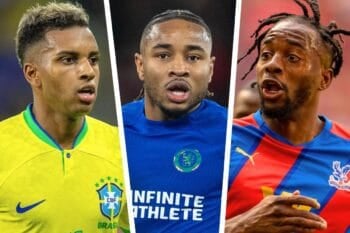
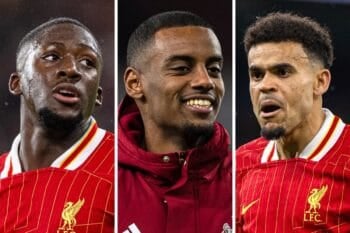
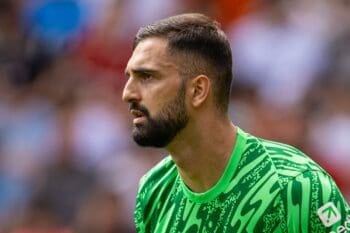
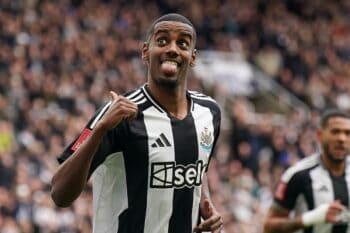
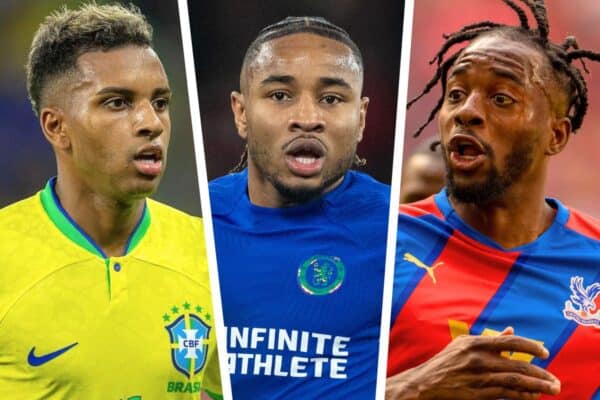
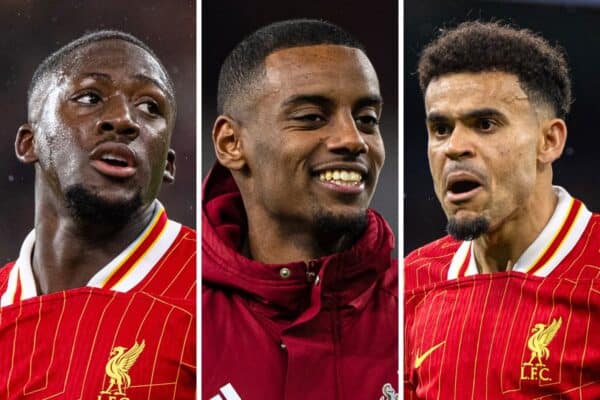
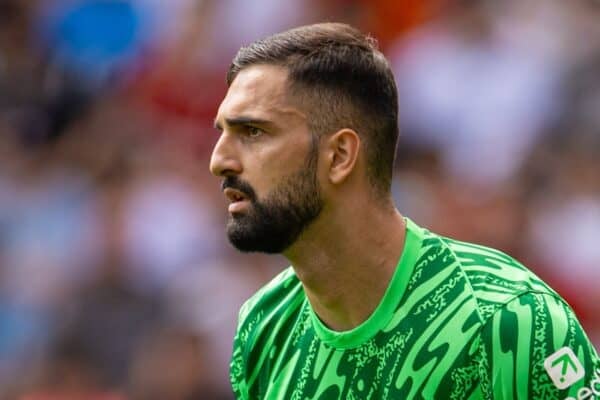
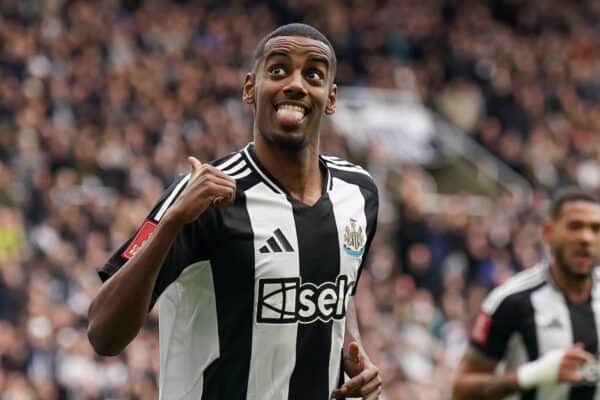
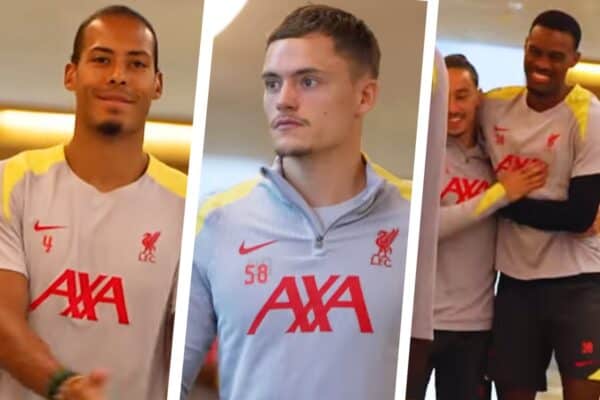
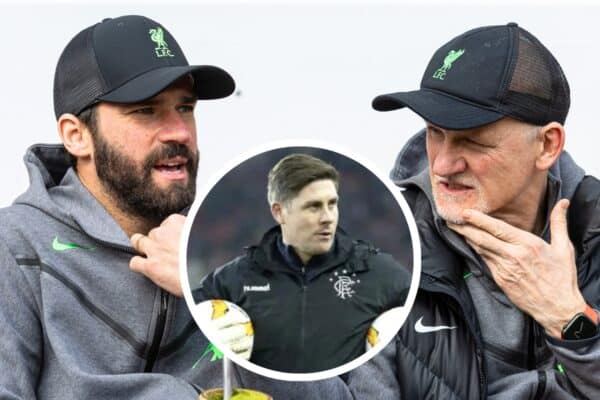
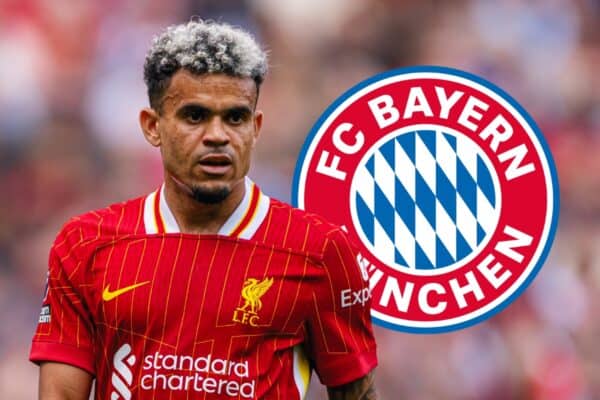
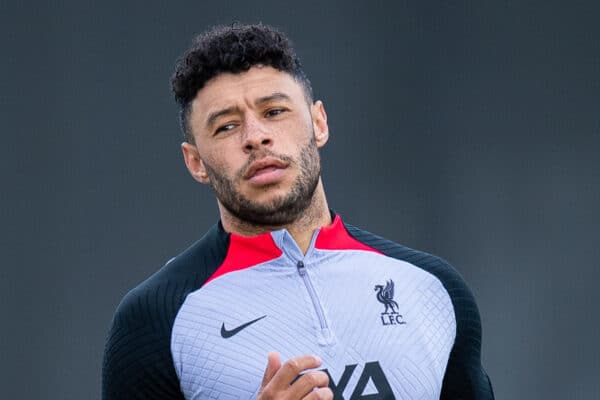
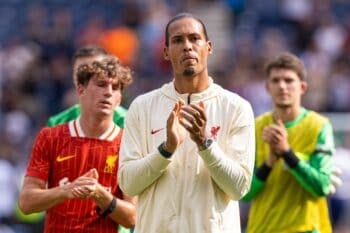
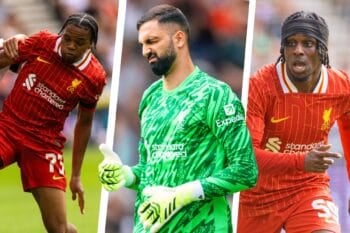
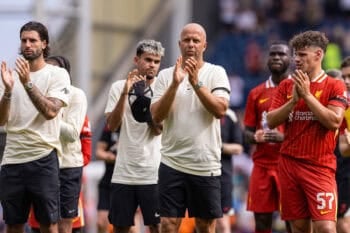

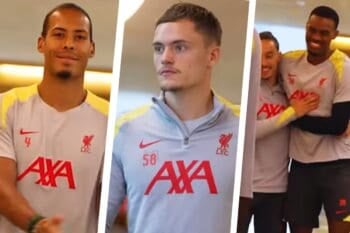
Fan Comments